Machine-learning system precisely locates neutron-star mergers.
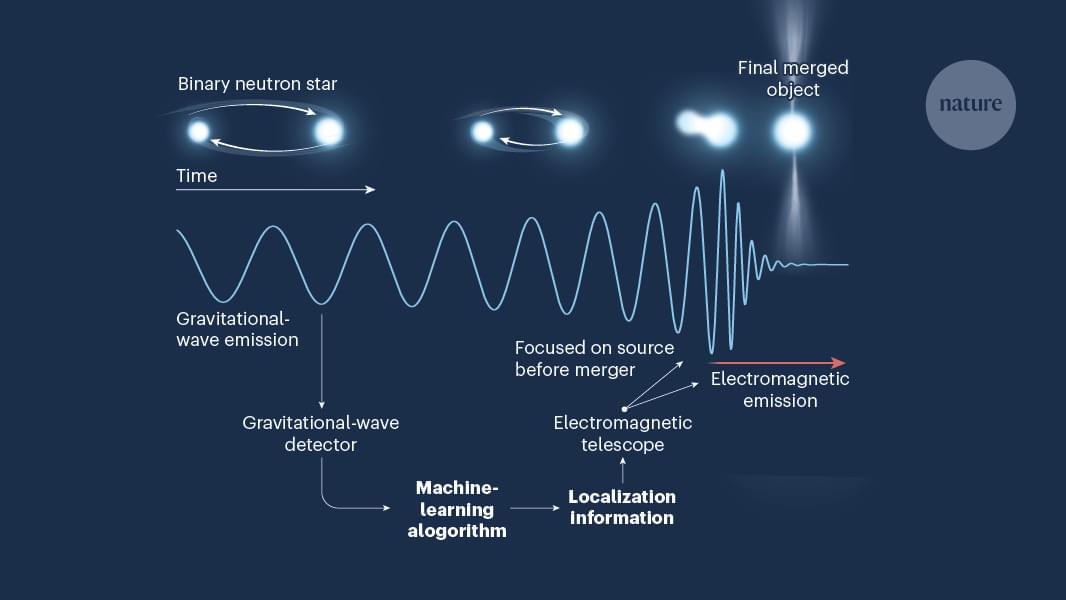

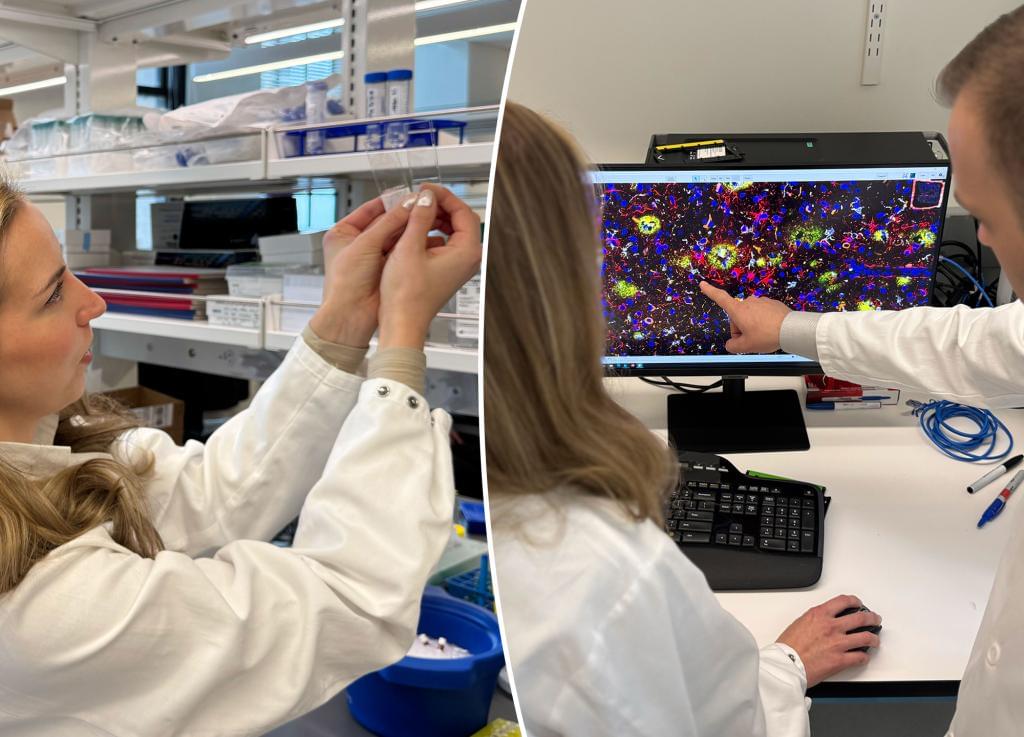
Scientists have long been racking their brains for ways to treat Alzheimer’s disease, the most common type of dementia.
Turns out that the answer may lie within our own brains. Researchers from Northwestern University suggest that enhancing the brain’s immune cells may better equip them to clear out harmful clumps of the toxic protein amyloid beta, a hallmark of Alzheimer’s.
“Our study is highly novel because we had the rare opportunity to analyze one of the largest post-mortem brain cohorts of Alzheimer’s patients treated with amyloid-targeting drugs — similar to those now approved by the FDA for Alzheimer’s disease,” lead author Lynn van Olst said.
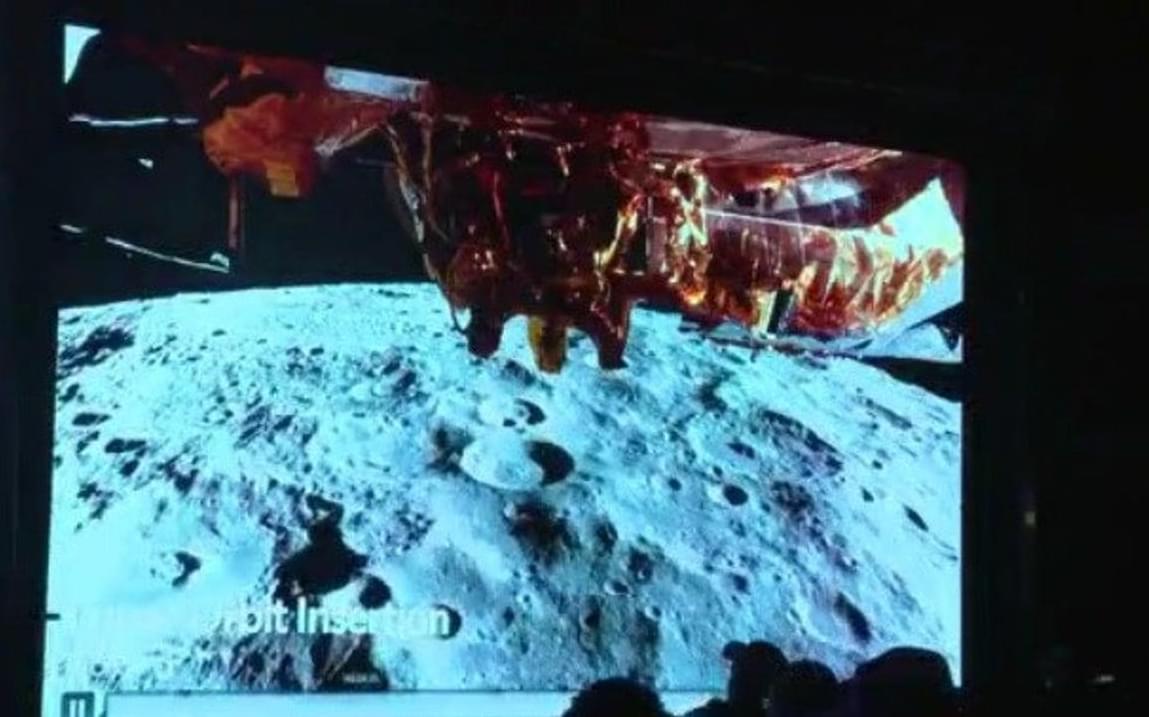
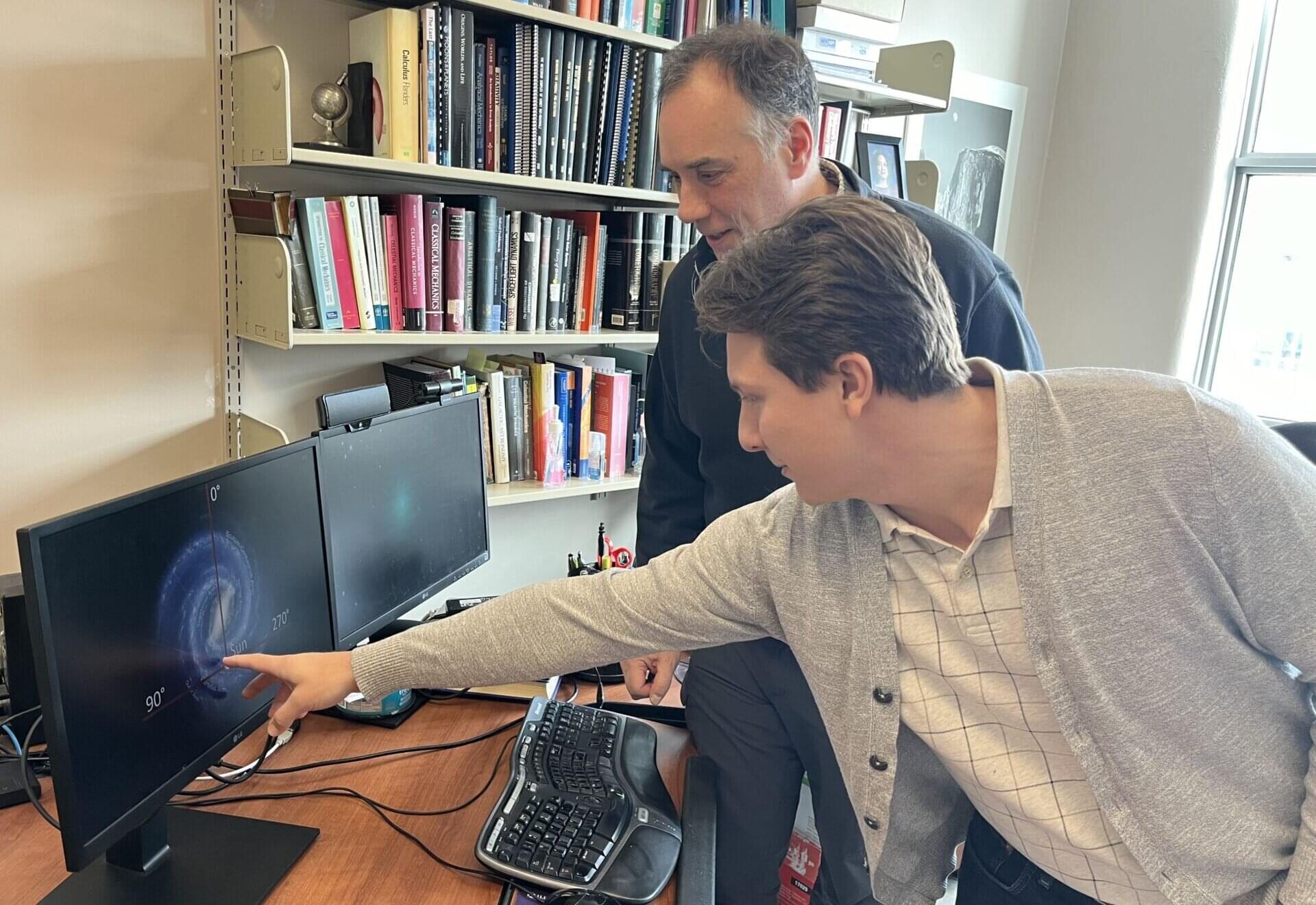
Interstellar material has been discovered in our solar system, but researchers continue to hunt for where it came from and how it got here. A new study led by Western astrophysicists Cole Gregg and Paul Wiegert recommends Alpha Centauri—the next closest solar system to ours—is a great place to start, highlighting how and why it’s a prime target.
The findings were published March 6 in The Planetary Science Journal.
Interstellar objects are astronomical material, like asteroids or comets, not gravitationally bound to a star. They can come from other solar systems and be thrown into interstellar space by collisions or be slingshotted by a planet or star’s gravity.
Find your local event or ACT locally with Stand up for Science: https://standupforscience2025.org/
Much of the information in the first half of this video comes from friend of the channel Zach Hancock’s wonderful video: https://www.youtube.com/watch?v=GagHHh1KenU&t=536s
Dr Peter Sjöstedt-Hughes is a Philosopher of Mind and Metaphysics who specializes in the thought of Whitehead, Nietzsche, Bergson, and Spinoza—and in fields pertaining to panpsychism, pantheism, mental causation, and altered states of consciousness. He is a lecturer at The University of Exeter. Peter is the author of Noumenautics (2015), Modes of Sentience (2021), co-editor and contributor of Bloomsbury’s Philosophy and Psychedelics (2022), the TEDx Talker on ‘psychedelics and consciousness’, and he is inspiration to the recreation of inhuman philosopher Marvel Superhero, Karnak.
TIMESTAMPS:
0:00 — Introduction.
1:00 — The Mind-Body Problem.
4:00 — Idealism vs Panpsychism.
6:45 — Defining Consciousness.
15:30 — Spinozism & Whiteheadian Panpsychism.
19:30 — Kastrup’s Analytic Idealism.
24:07 — Naïve Realism.
29:30 — Huxley, James, Whitehead, Nietzsche, Spinoza, Schopenhauer, Bergson & Kant.
35:15 — What is the Philosophy of Psychedelics?
41:38 — Evidence of Psychedelic Research.
45:35 — Psychedelics & Consciousness.
53:10 — Defining Psychedelics.
59:50 — Metaphysical Shifts & Consensus Reality.
1:04:30 — Peter’s most Psychoactive Experience.
1:09:40 — Psychedelic Research Criticism.
1:13:14 — From Therapeutics to Metaphysics.
1:16:18 — Mind At Large & Exogenous Mind Theory.
1:23:08 — Free Will.
1:27:40 — Panpsychisms.
1:35:40 — Peter’s Philosophical Heroes.
1:40:02 — Final Thoughts.
1:41:10 — Conclusion.
EPISODE LINKS:
Peter’s Lecture: • A Synopsis of Spinoza’s Metaphysics |…
Peter’s Website: https://www.philosopher.eu/
Peter’s X: / petersjostedth.
Peter’s Instagram: / petersjostedth.
Peter’s LinkedIn: / dr-peter-sjöstedt-hughes-2b7a2927
Peter’s BlueSky: https://bsky.app/profile/petersjosted…
Peter’s YouTube: / @ontologistics.
Peter’s Analytic Idealism Critique: https://www.feedyourhead.blog/p/fligh…
CONNECT:
Website: https://tevinnaidu.com.
Podcast: https://creators.spotify.com/pod/show…
YouTube: / mindbodysolution.
Twitter: / drtevinnaidu.
Facebook: / drtevinnaidu.
Instagram: / drtevinnaidu.
LinkedIn: / drtevinnaidu.
Disclaimer: The information provided on this channel is for educational purposes only. The content is shared in the spirit of open discourse and does not constitute, nor does it substitute, professional or medical advice. We do not accept any liability for any loss or damage incurred from you acting or not acting as a result of listening/watching any of our contents. You acknowledge that you use the information provided at your own risk. Listeners/viewers are advised to conduct their own research and consult with their own experts in the respective fields.
#PeterSjöstedtHughes #Psychedelics #Metaphysics #Consciousness
“Nanobrain: The Making of an Artificial Brain from a Time Crystal” by Anirban Bandyopadhyay Book Link: https://amzn.to/3QQ4s44
The hosts discuss the book “Nanobrain” by Anirban Bandyopadhyay, an in-depth exploration of a nanobrain, an artificial brain built on the principles of fractal geometry and prime numbers, which claims to mimic human thought. It introduces Prime Phase Metric (PPM) which expands time crystals from natural events, and Geometric Musical Language (GML) which assigns fifteen primes to letters, similar to the English alphabet, and how the combination is consciousness-centric. The document contrasts this artificial brain’s functioning with traditional Turing machines and quantum computing, emphasizing its unique approach to data processing and decision-making and self-learning, and discusses its potential limitations and advantages. It investigates the use of time crystals, dynamic geometric shapes, and fractal mechanics, and the role that they may have in memory and learning in this new computer. Finally, the work explores the philosophical implications of such a machine, including its potential for achieving consciousness and the idea of recreating nature through a non-computational paradigm, such as modeling a new type of robot.
#ArtificialIntelligence #AIRevolution #Nanobrain #TimeCrystals #QuantumAI #FutureofAI #AIBreakthrough #NextGenAI #TechTrends #AIHardware #NaturalAI #NoCodeAI #SelfLearningAI #AIAAlternative #BrainAI #NewMachine #FutureMachine #AdvancedAI #InformationReality #PhysicsMetaphysics #NatureOfReality #QuantumInformation #BiologicalInformation #PhilosophyOfScience #ScienceAndTheology #CosmicInformation #OriginOfLife #UltimateReality #MeaningOfInformation #ComplexSystems #HistoryOfScience #Interdisciplinary #SciencePhilosophy #deepdive #skeptic #podcast #synopsis #books #bookreview #ai #artificialintelligence #booktube #aigenerated #history #alternativehistory #aideepdive #ancientmysteries #hiddenhistory #futurism #videoessay #primenumber
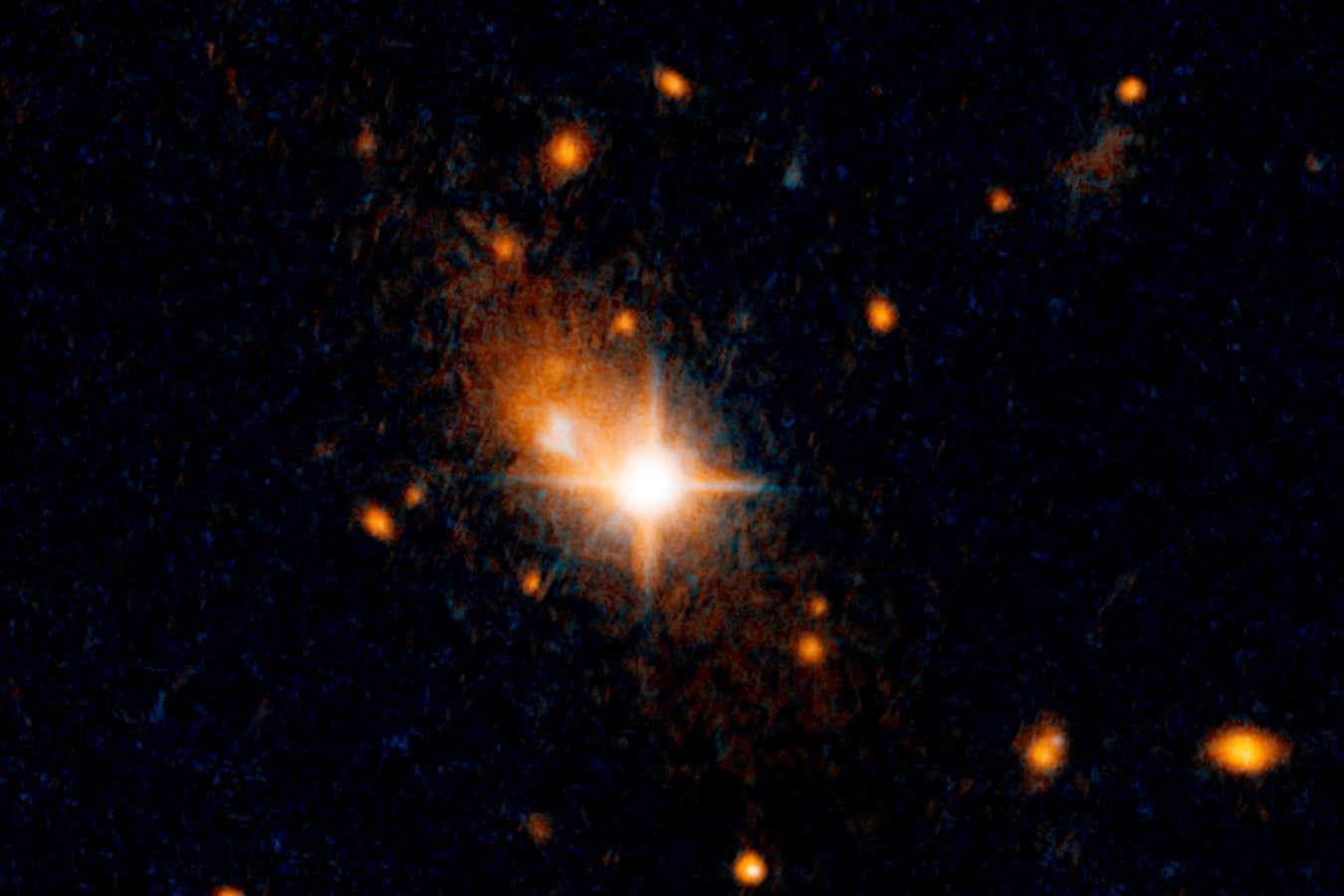
To black holes merged and flew away.
A supermassive black hole that doesn’t appear to be where we would expect seems to be travelling at more than a thousand kilometres per second – the result of a giant cosmic collision.
By Alex Wilkins

A new understanding of how an observer can change the disorder, or entropy, of a quantum object could help us probe how gravity interacts with the quantum realm.
Leading up to the launch, NSF will go live with over six hours of commentary stakeout. We will answer questions, observe, and provide you with everything you need to know for Starship Flight 8.
⚡ Become a member of NASASpaceflight’s channel for exclusive discord access, fast turnaround clips, and other exclusive benefits. Your support helps us continue our 24/7 coverage. ⚡
🔍 If you are interested in using footage captured by this stream, please review our content use policy: https://www.nasaspaceflight.com/conte…
LDAPAABJRG2UMCU3.